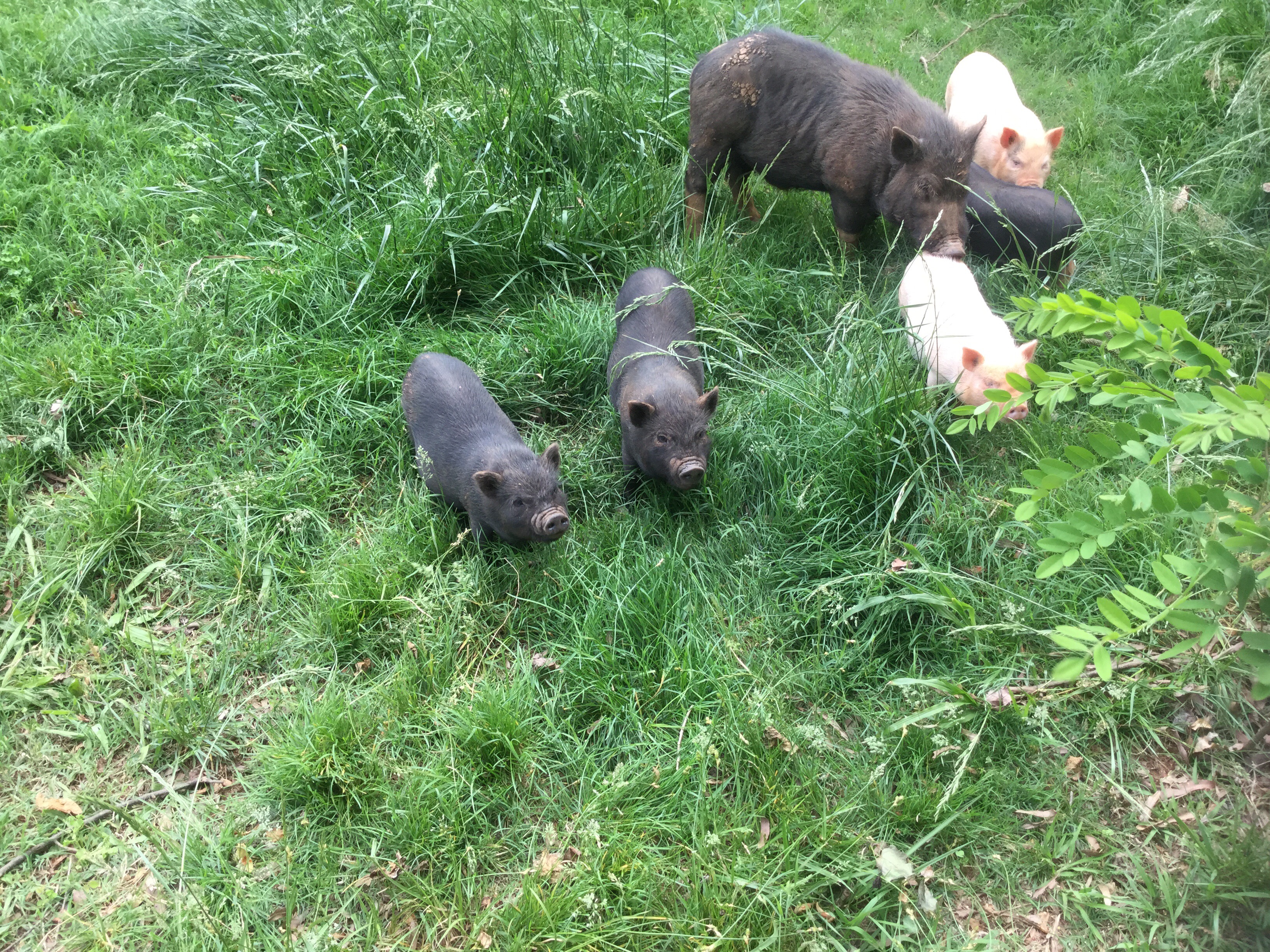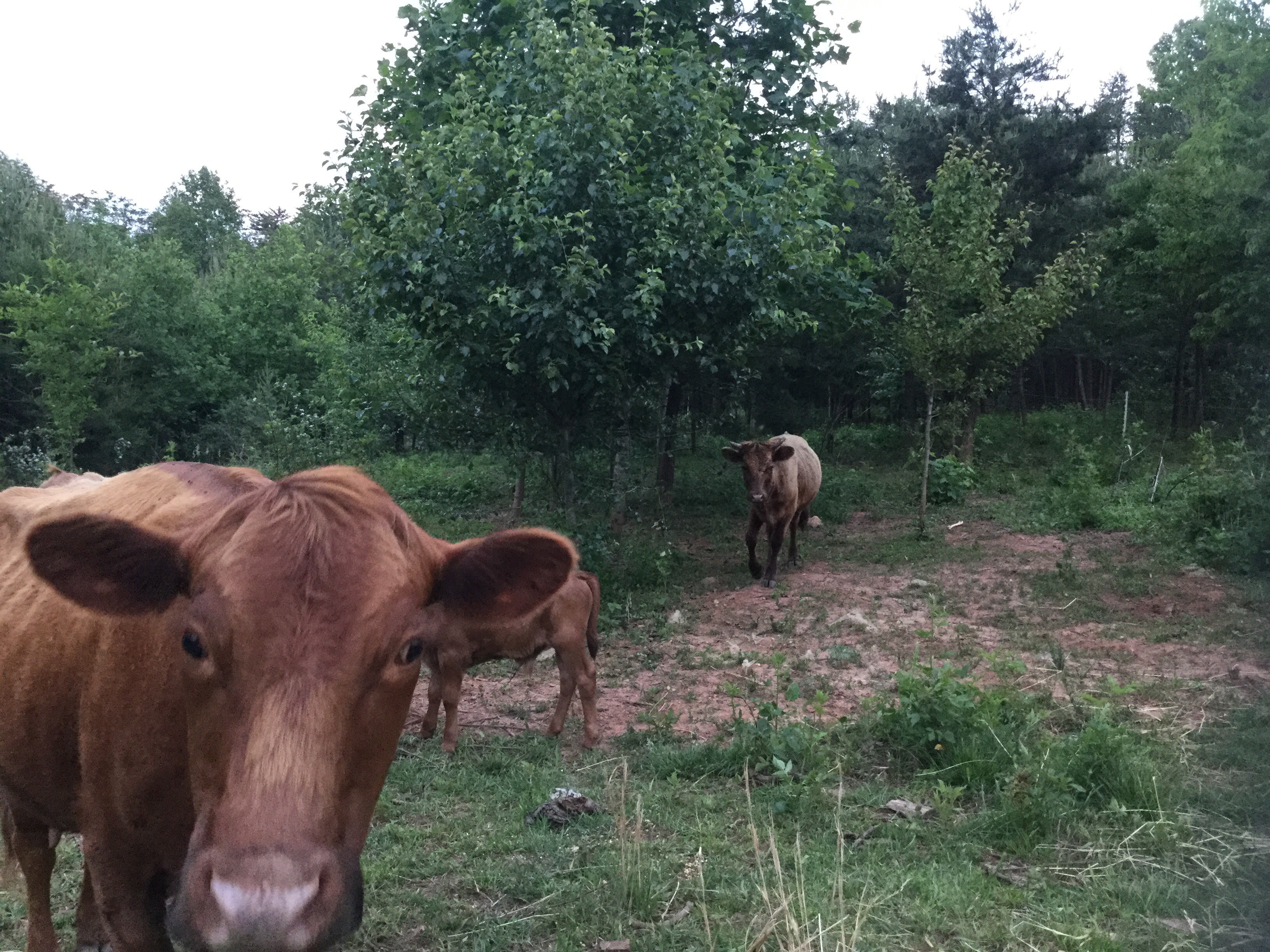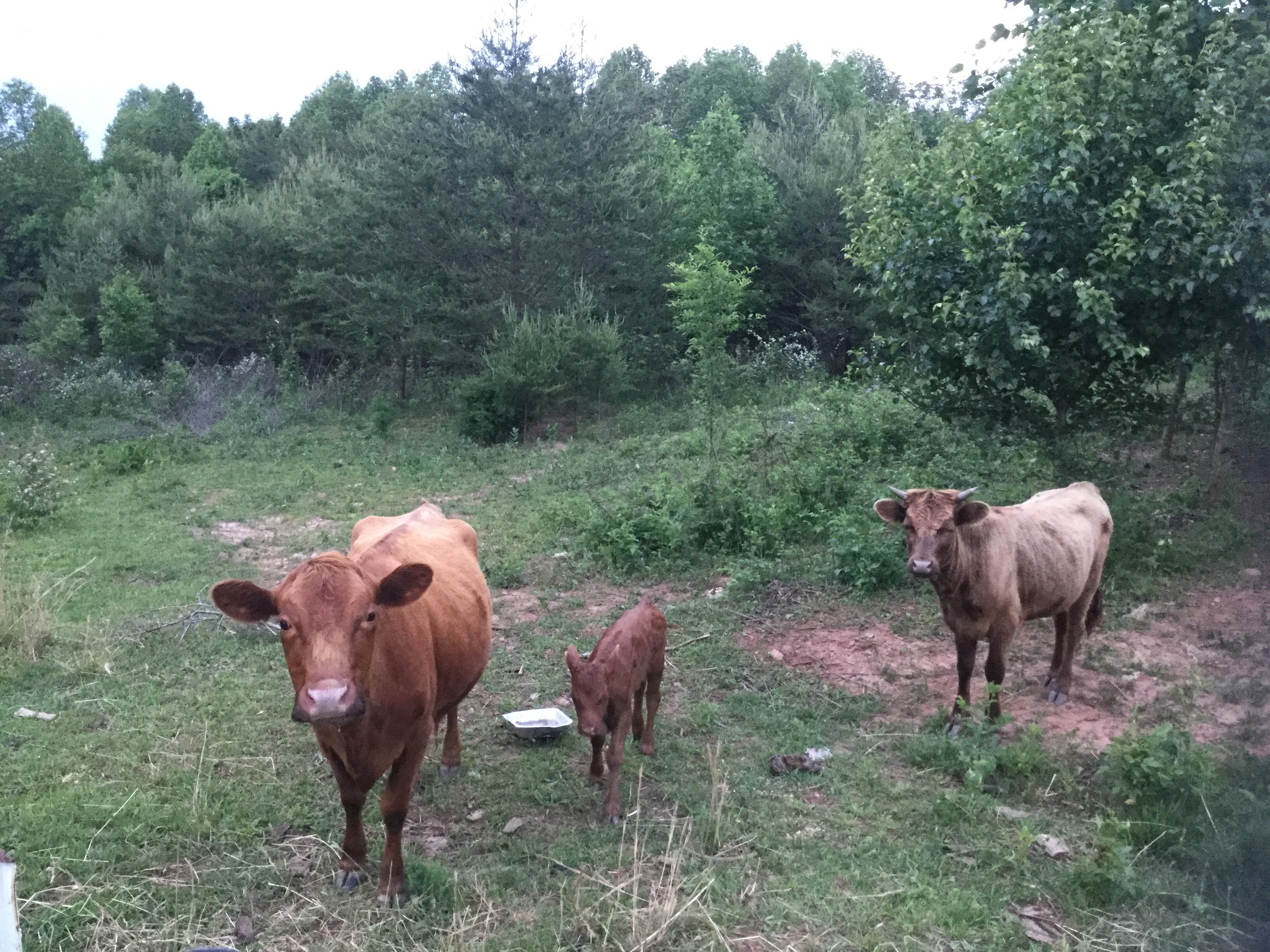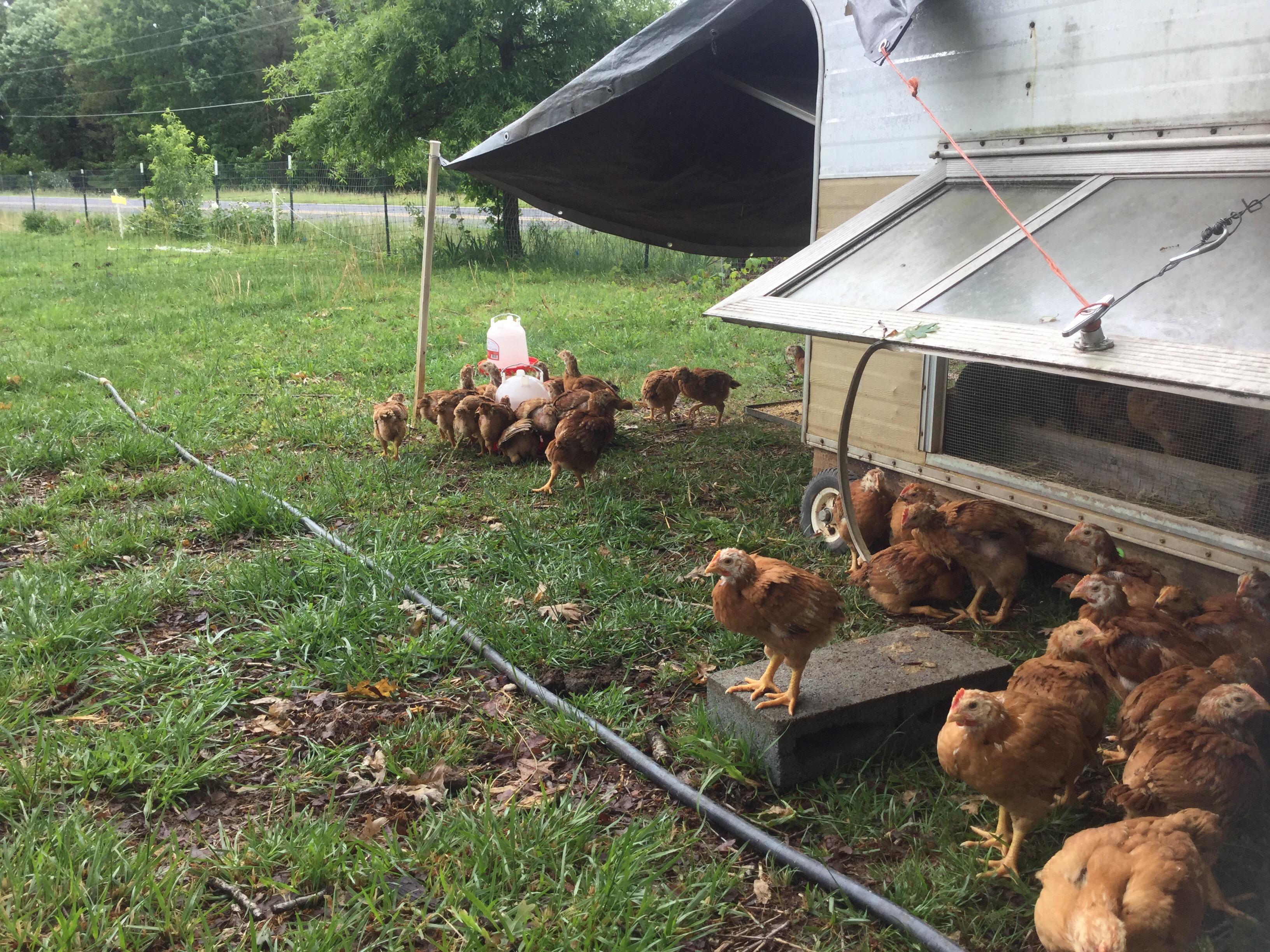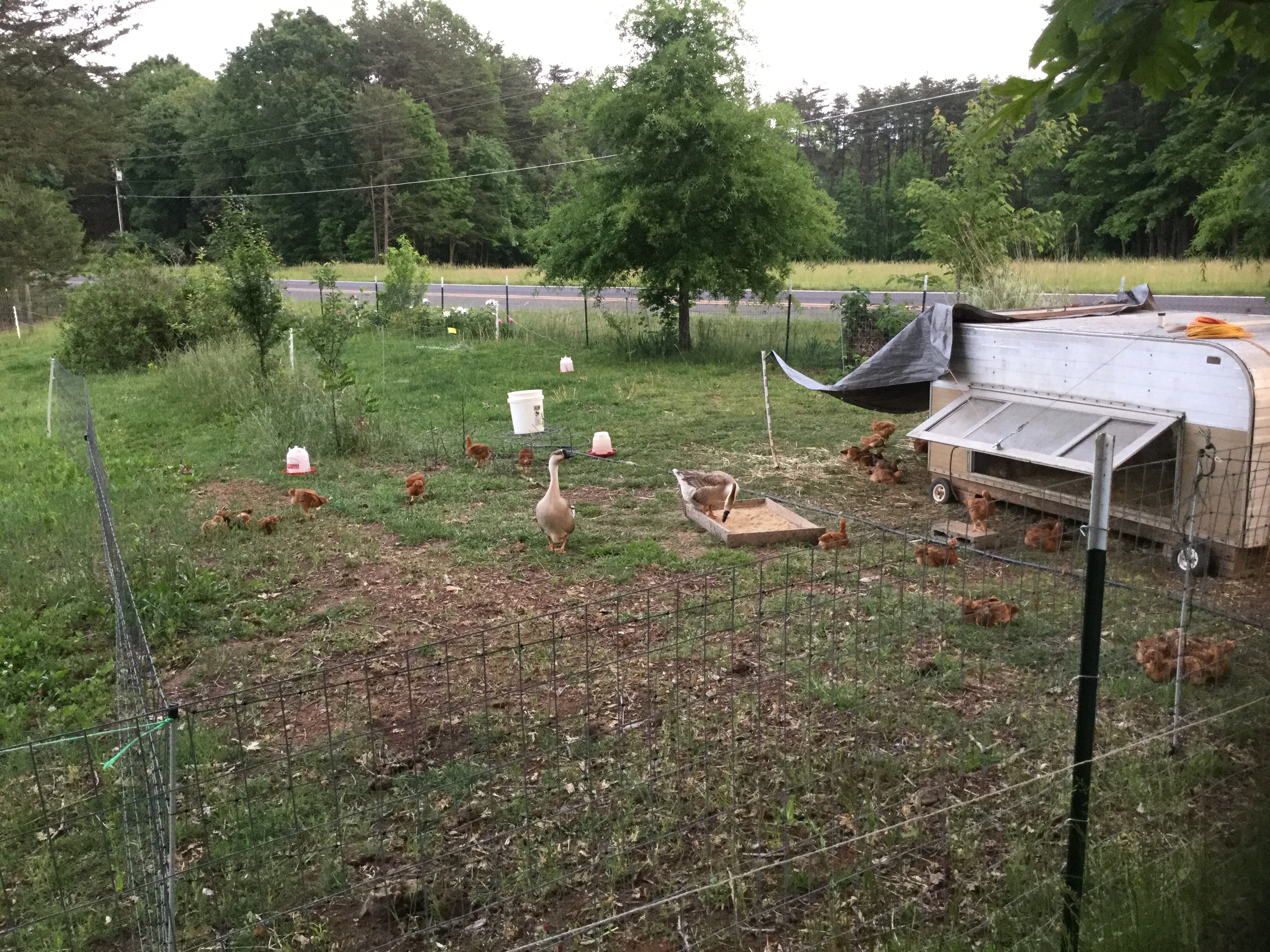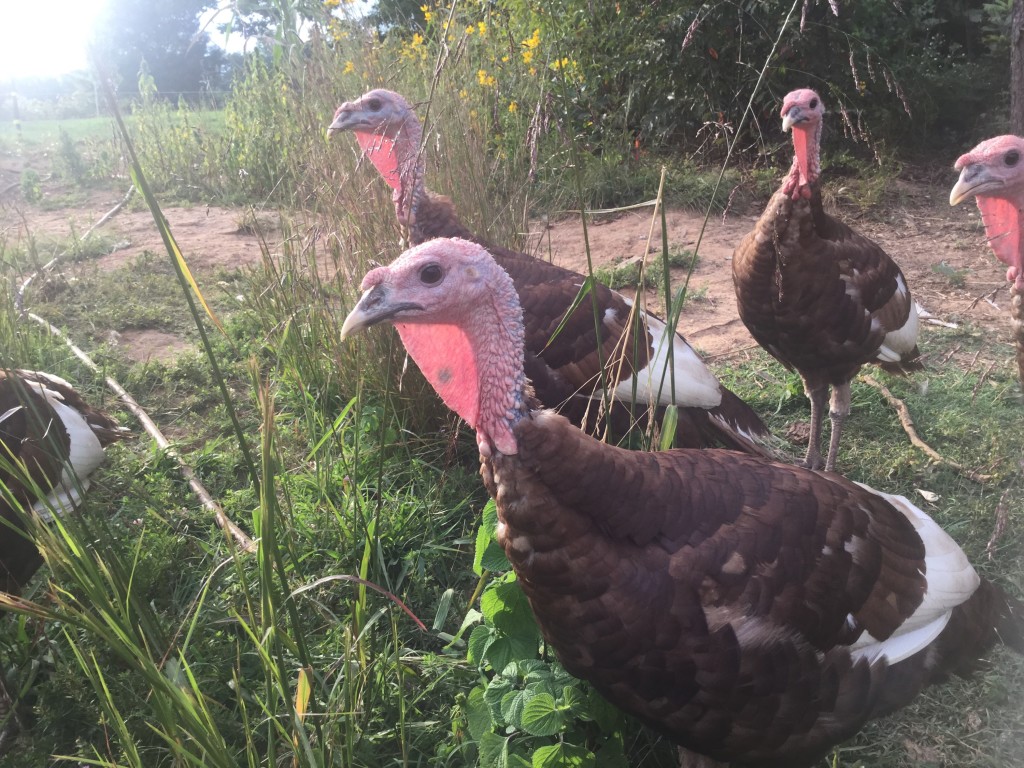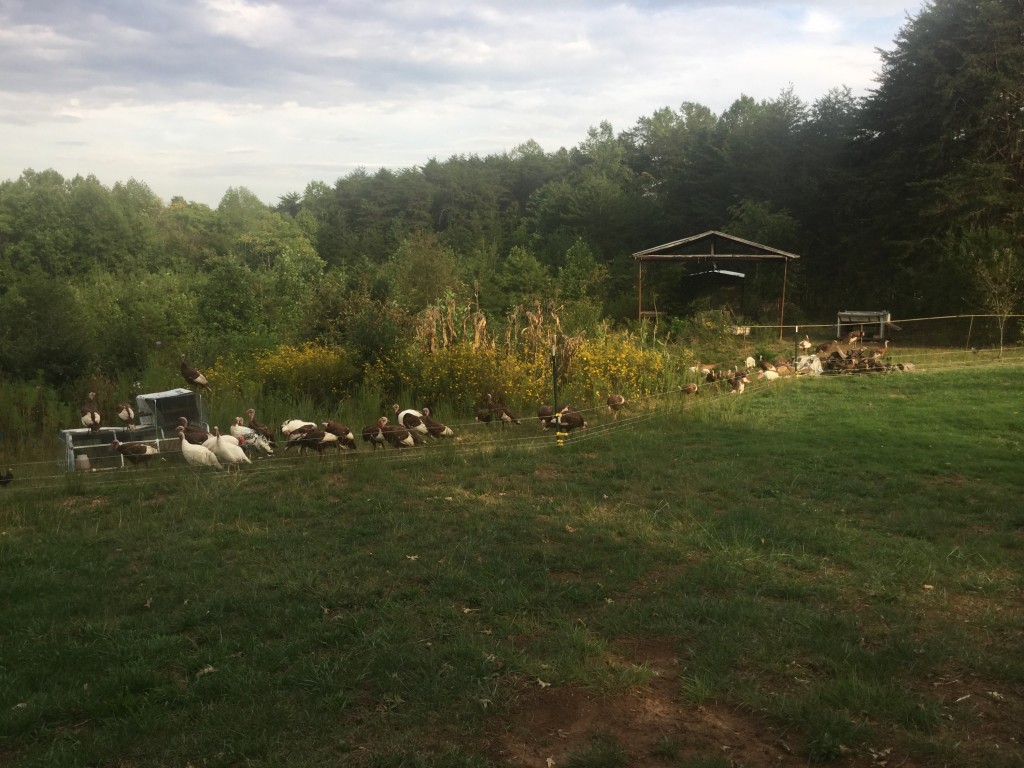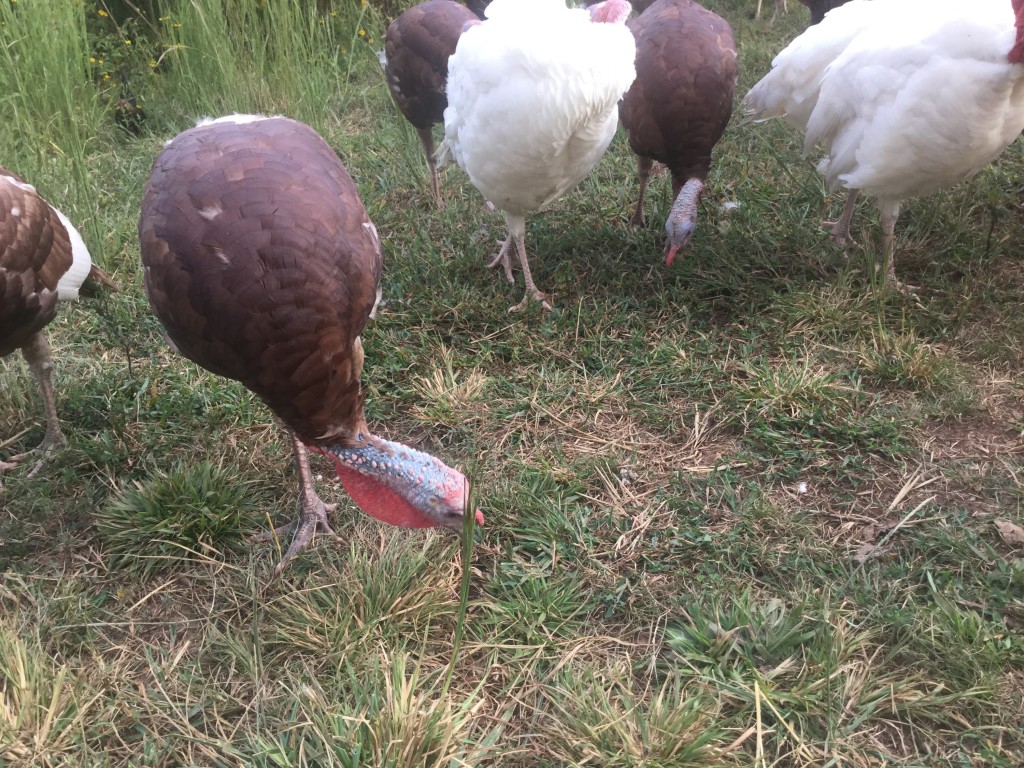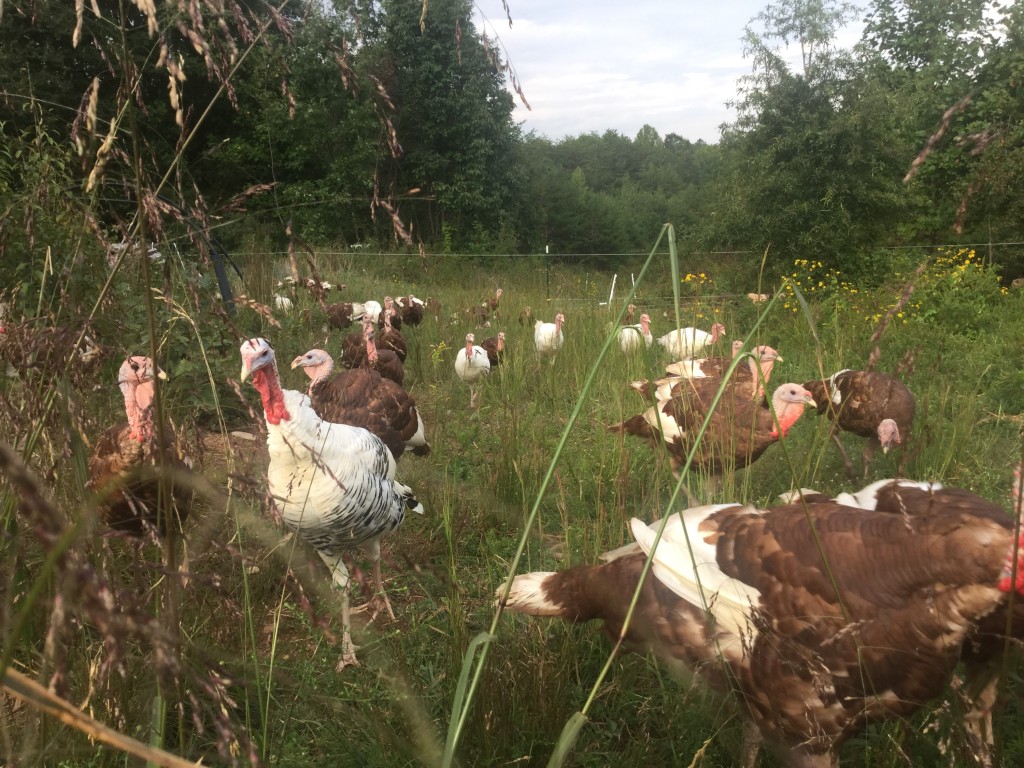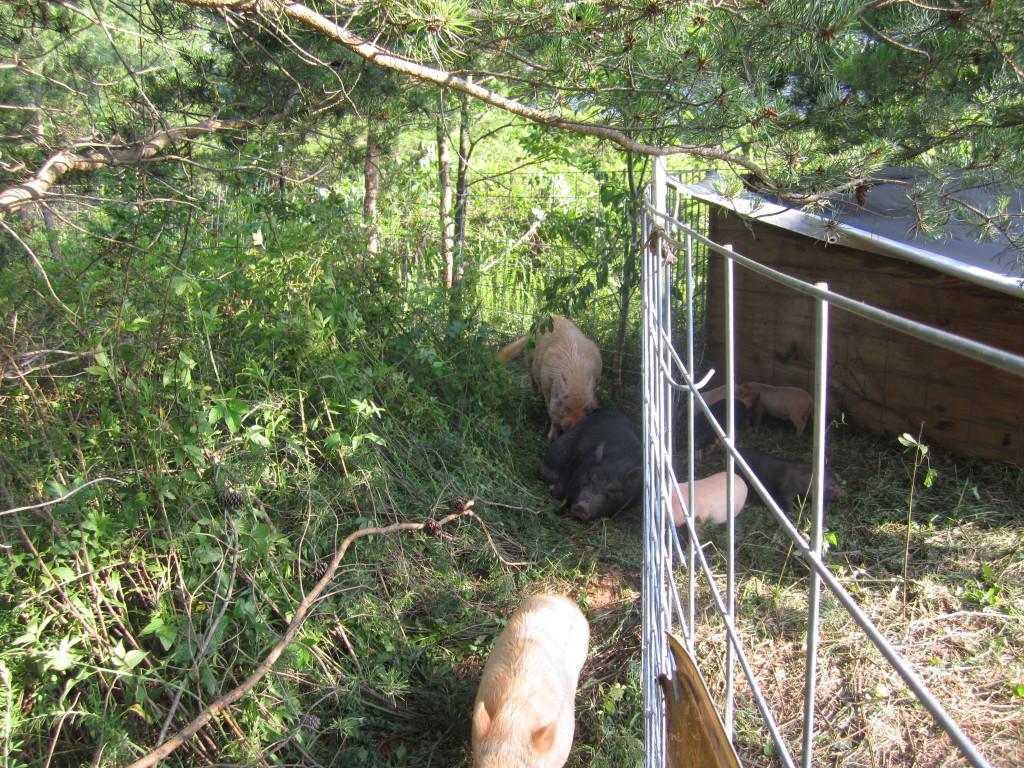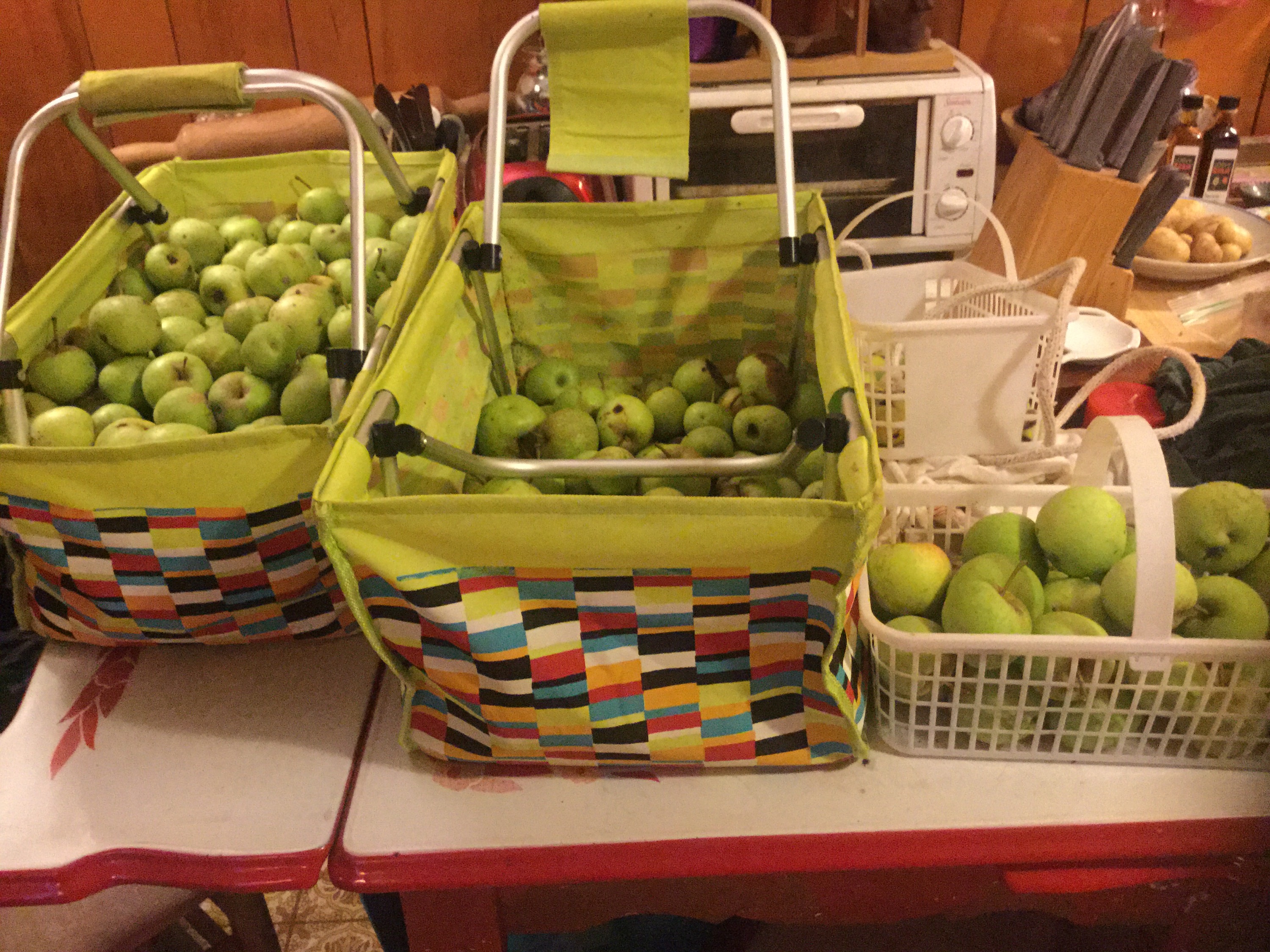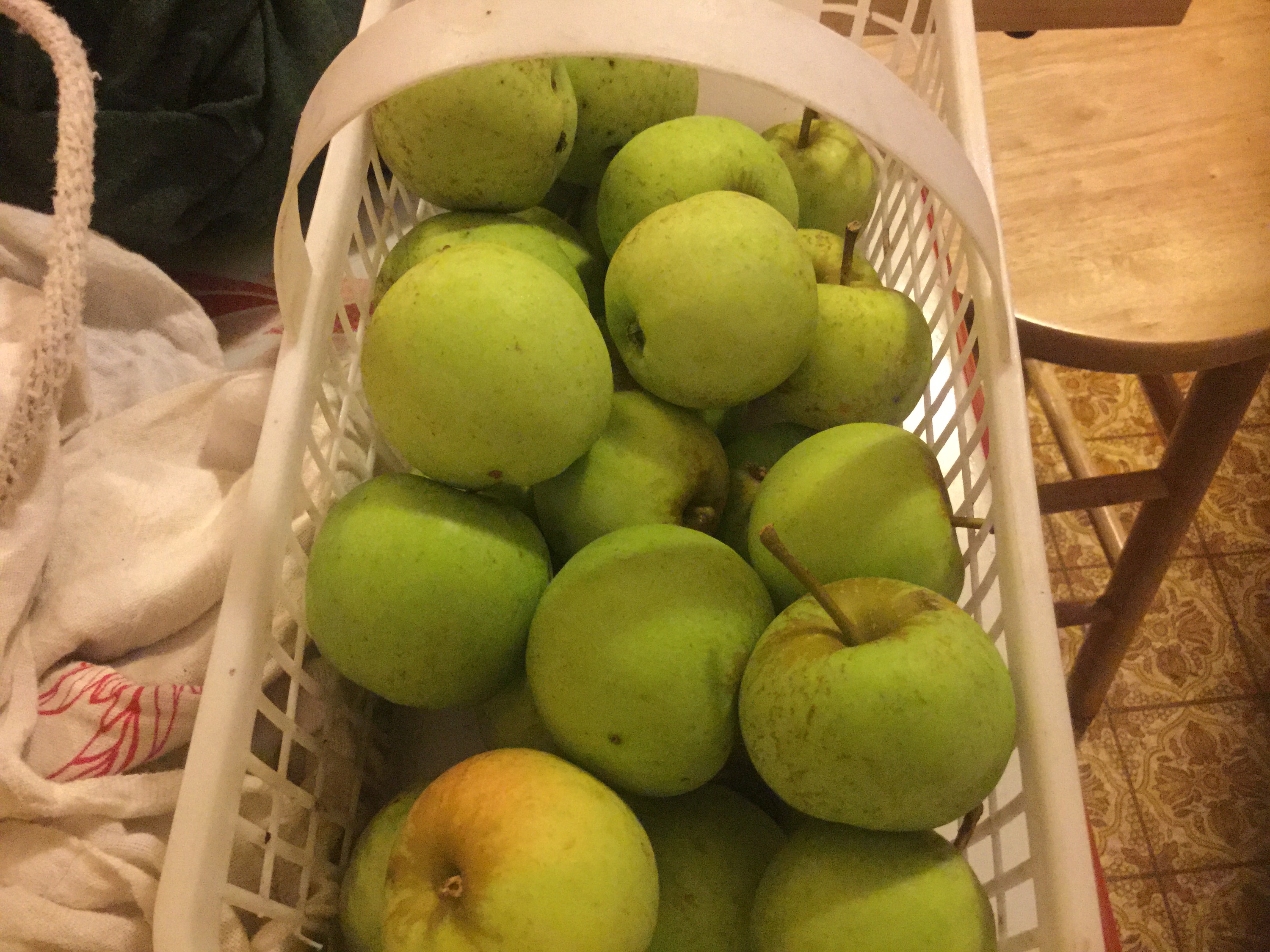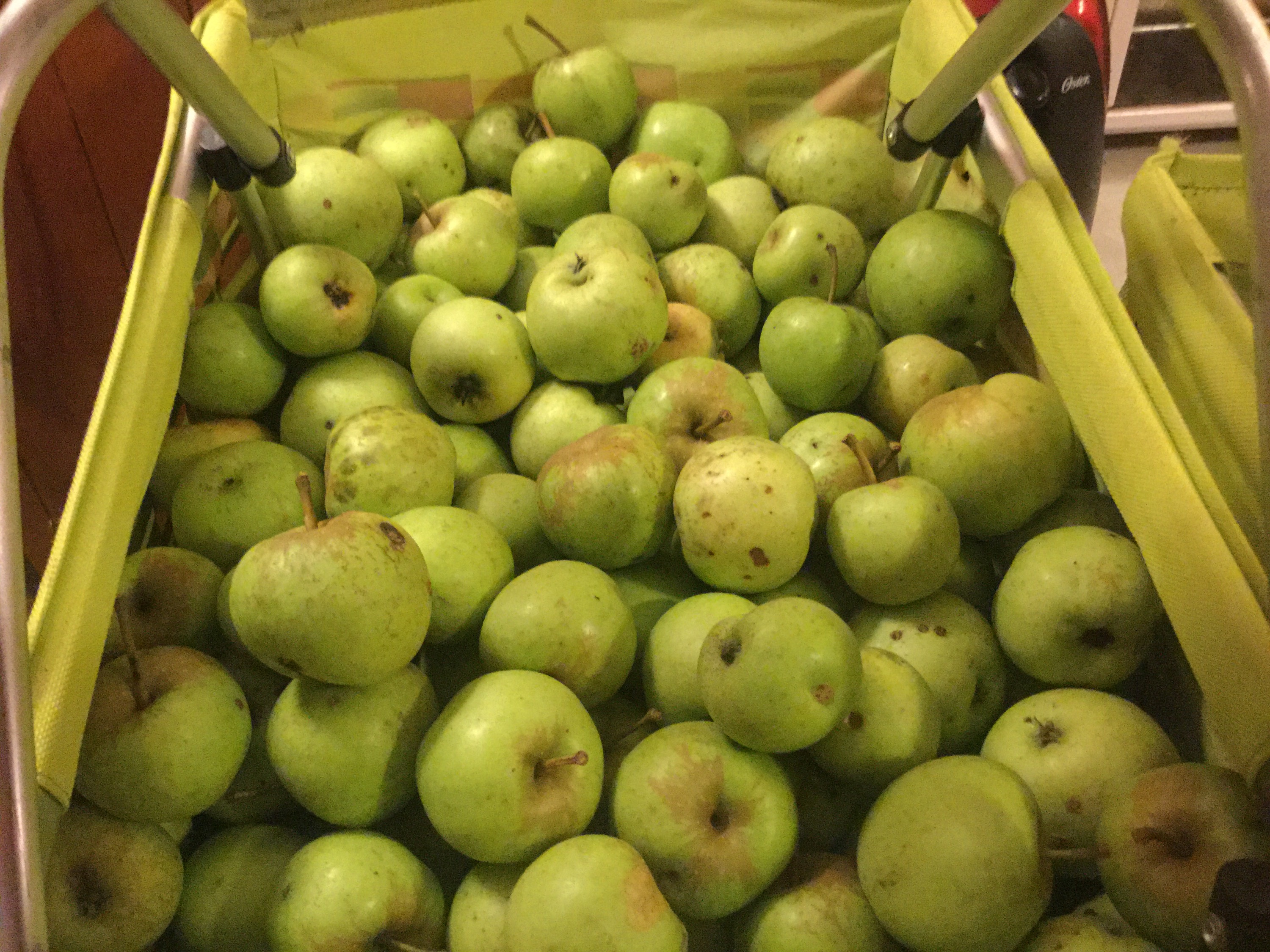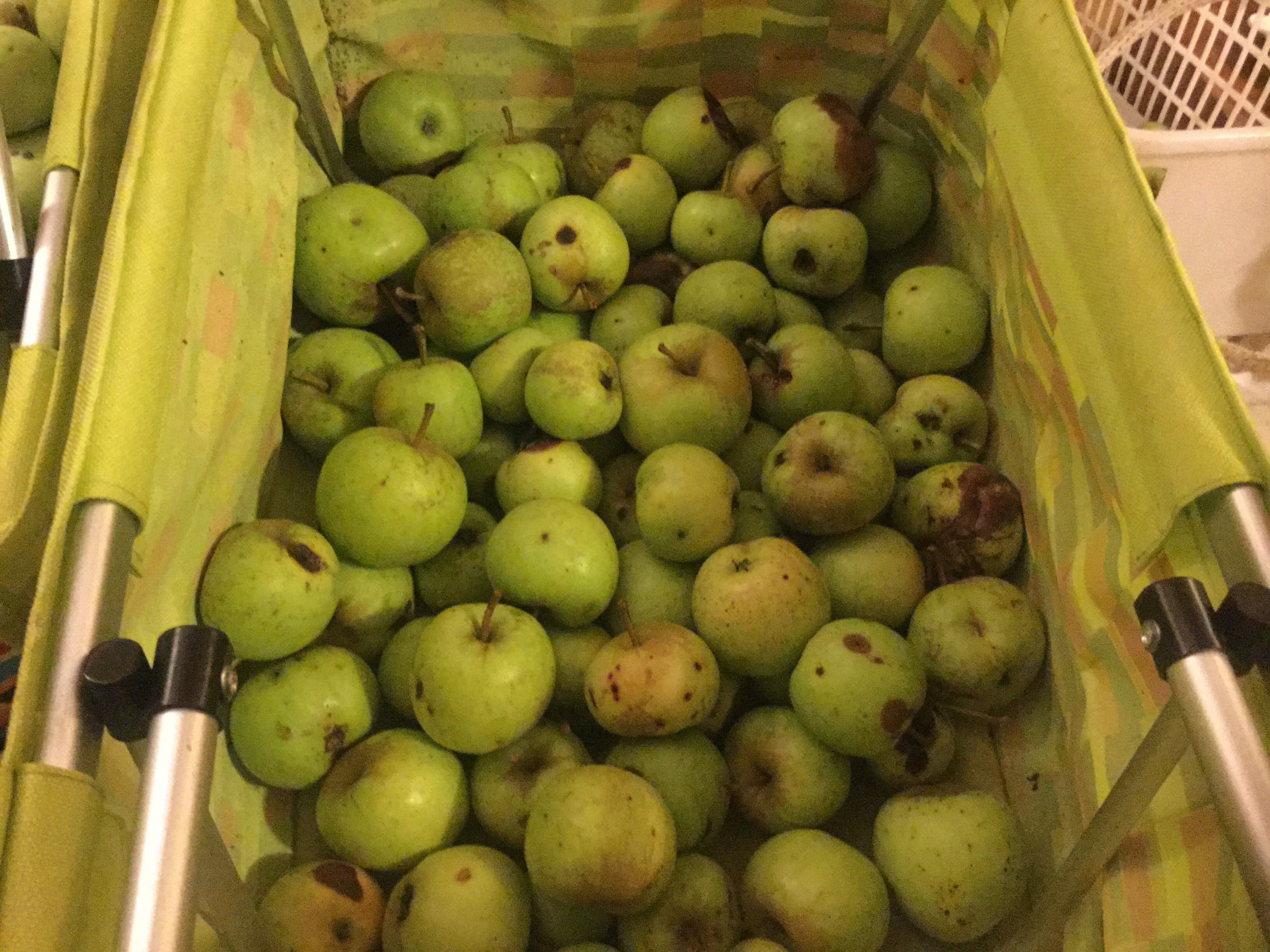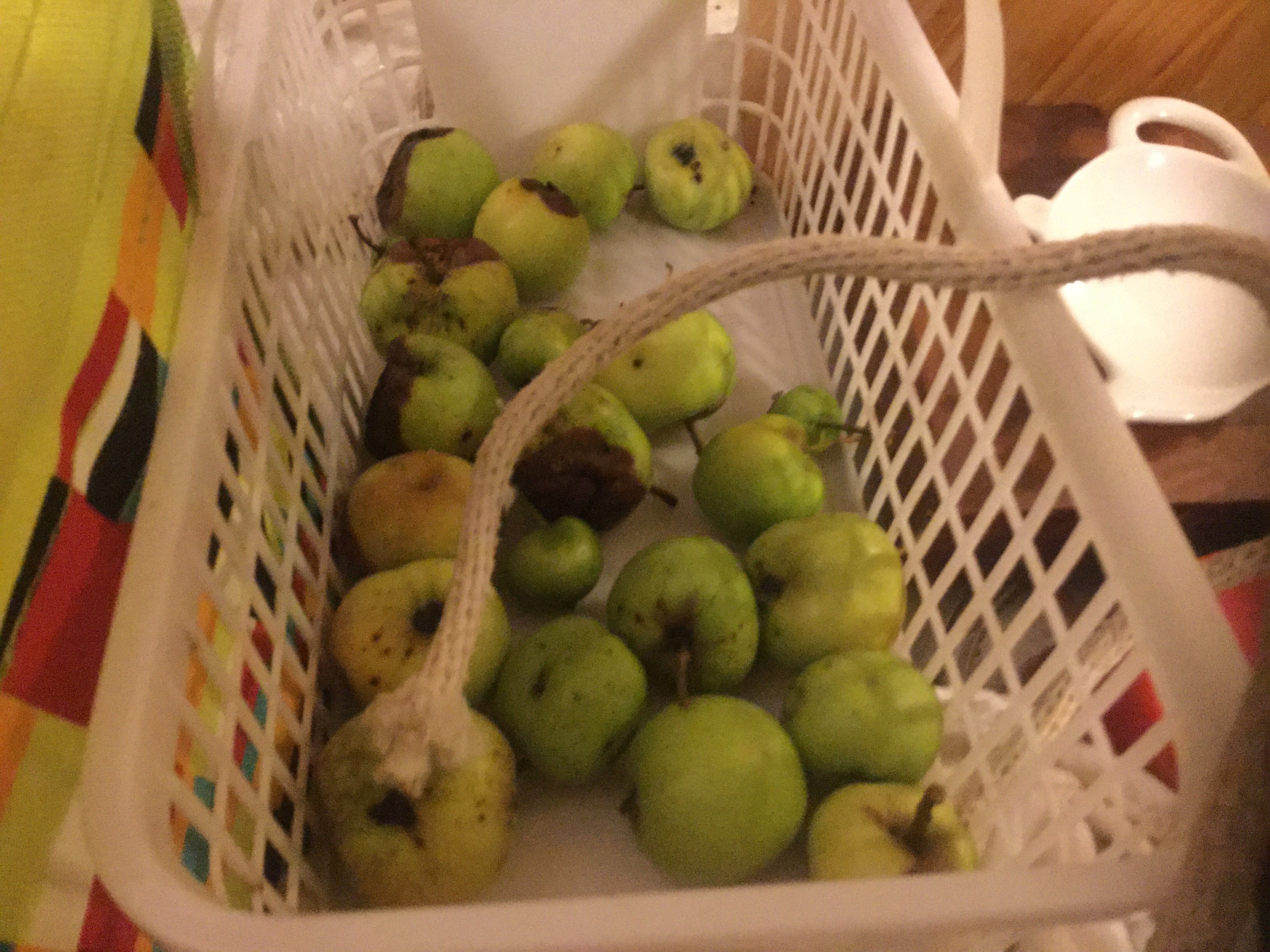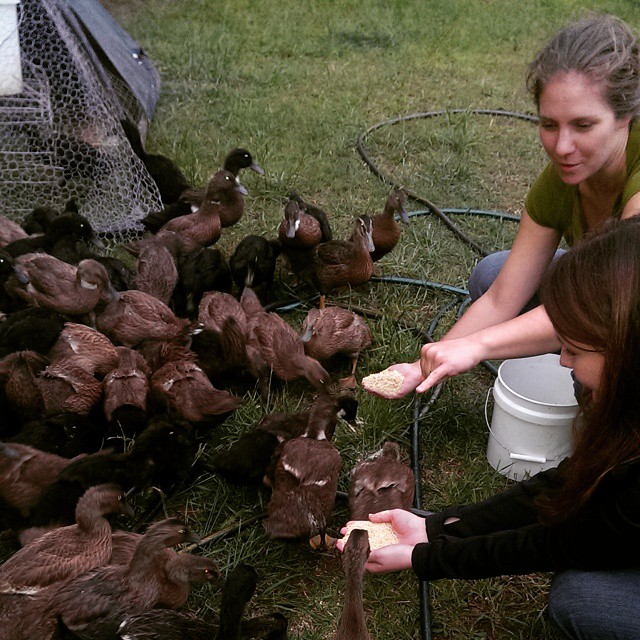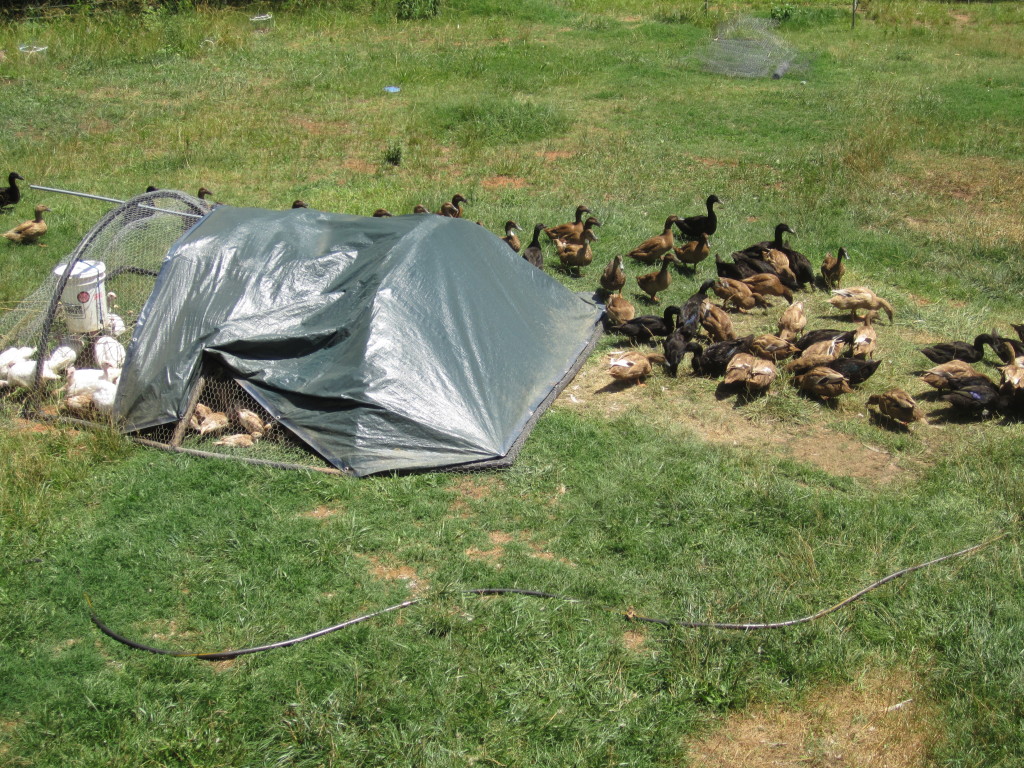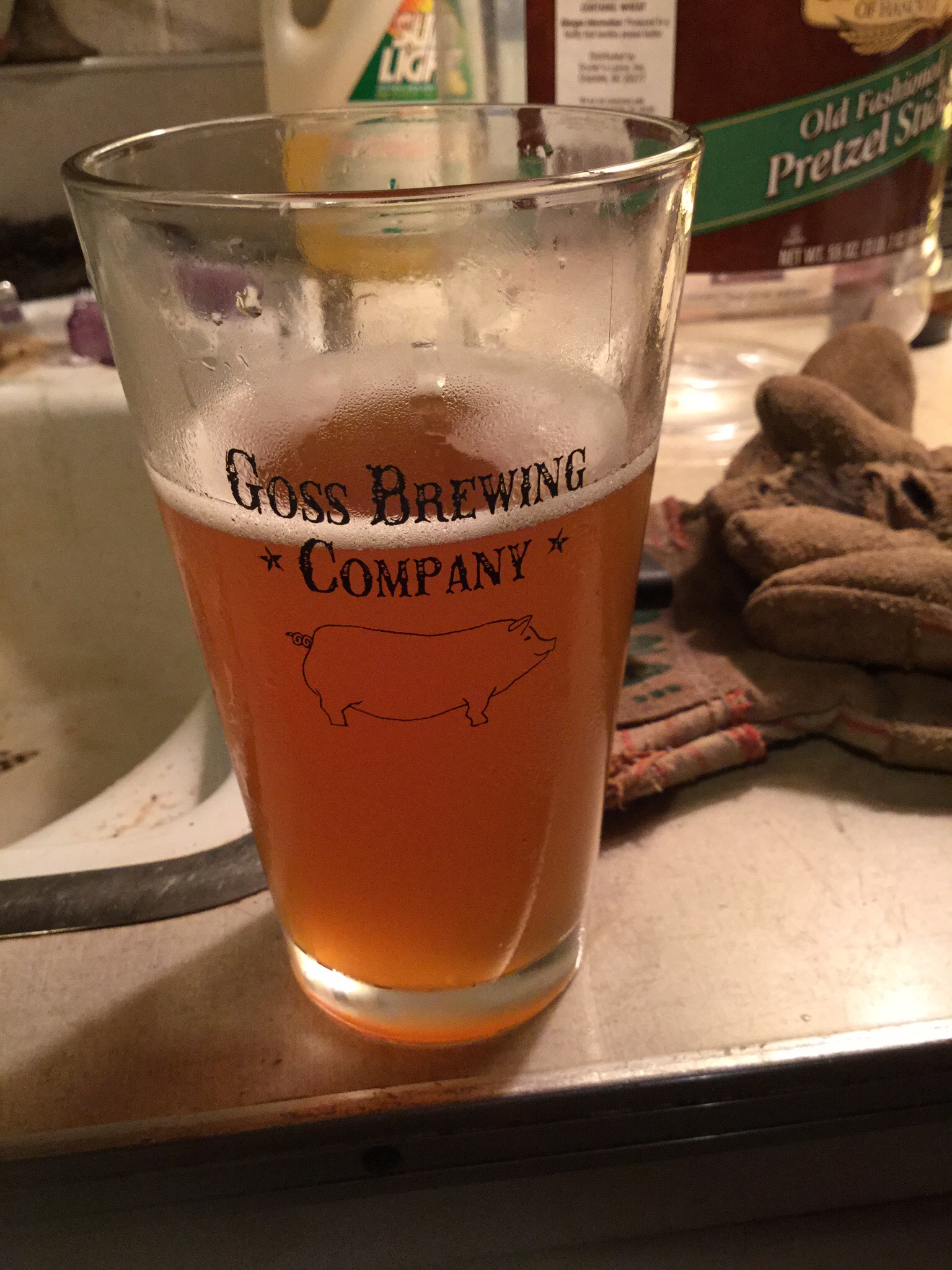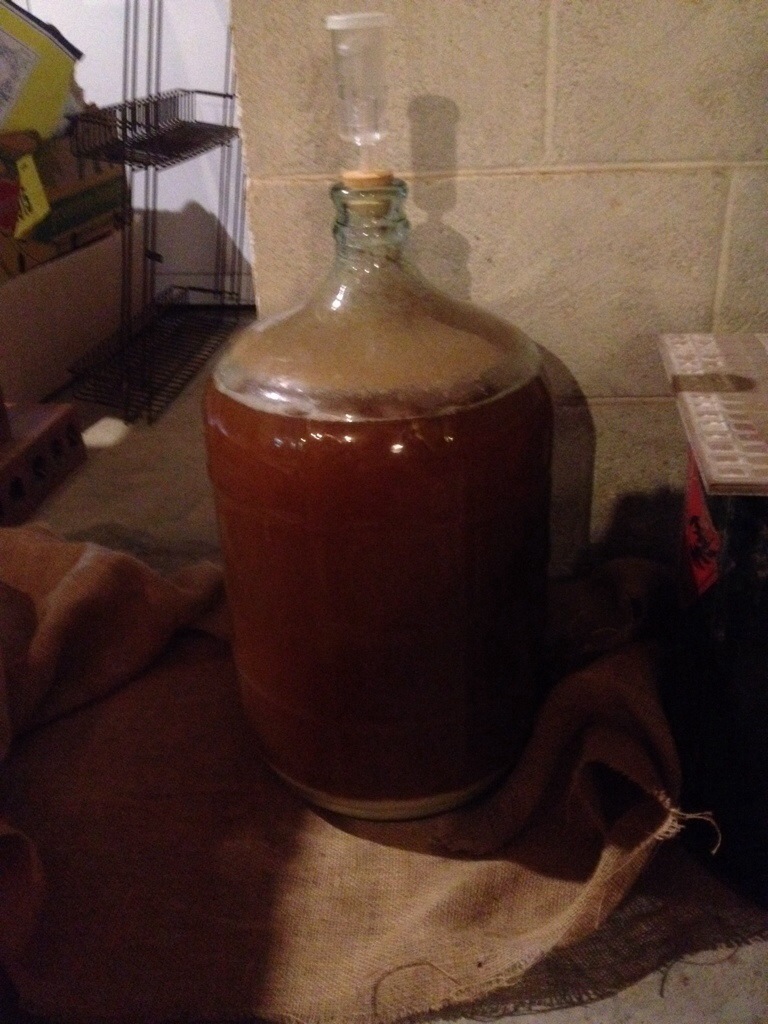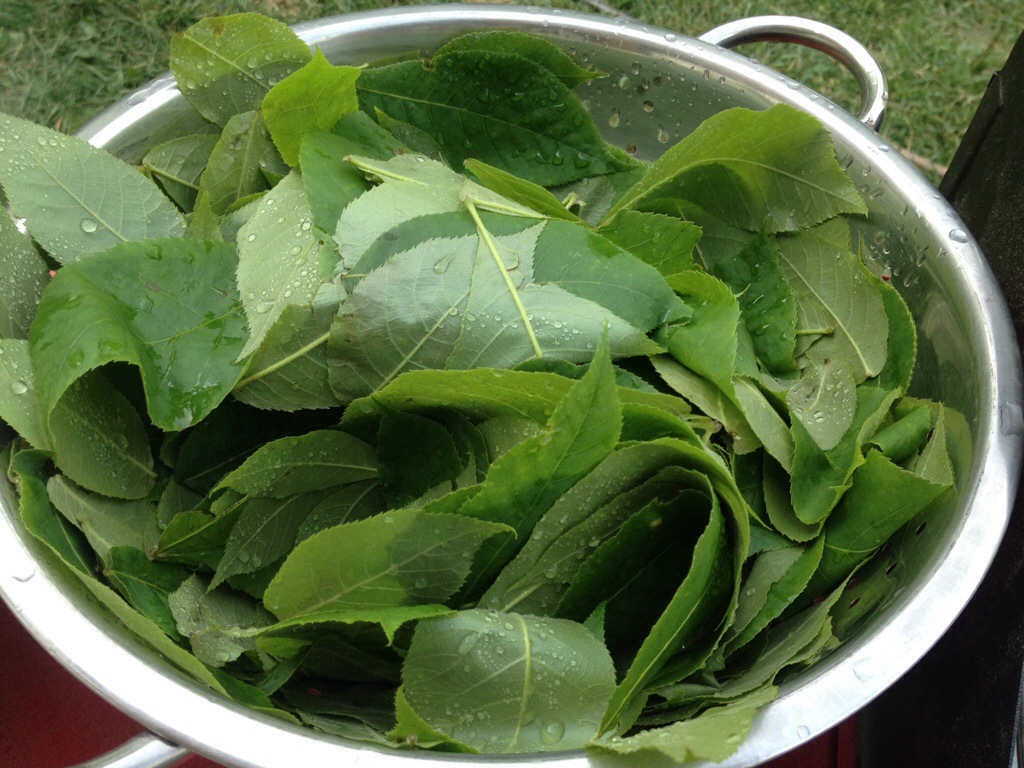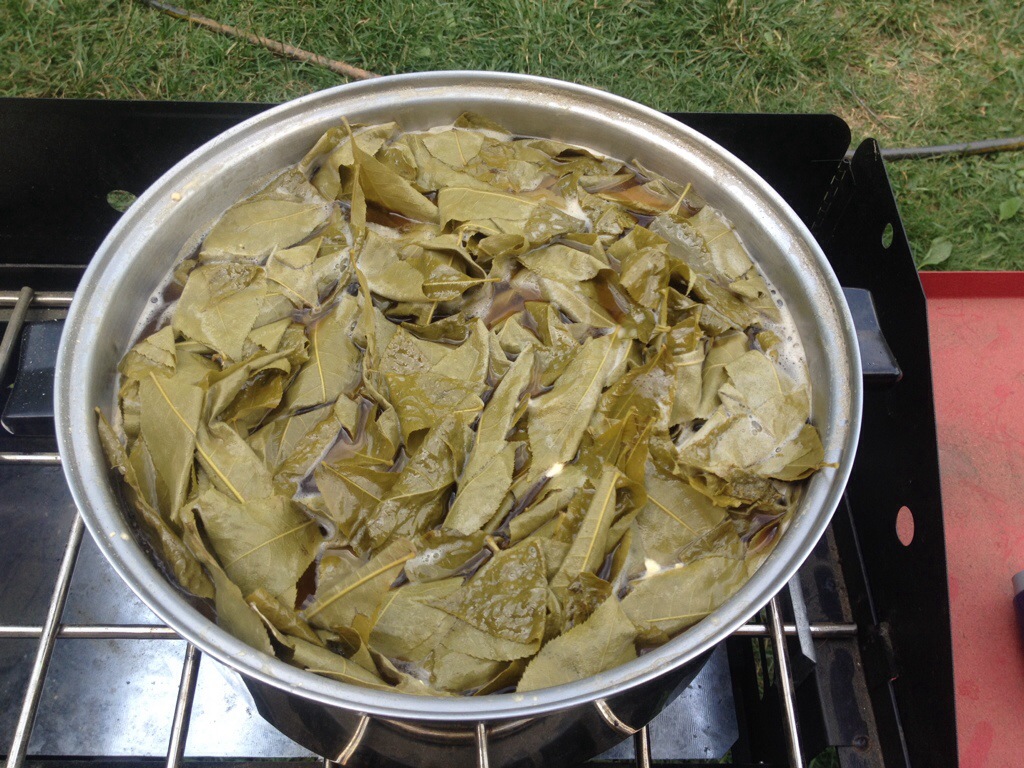Are you looking for a gift for someone who loves to get their hands dirty in the garden? Here are some of our tried and true garden tools that we use and put to the test on our farm, homestead, and nursery—that we have no problem recommending!
Fiskars Long Handle Digging Shovel
A shovel might seem like a weird Christmas gift but take it from a couple of farmers—this all-metal shovel is the real deal! Nothing is worse than needing to dig some garden beds or plant a fruit tree and having your shovel snap and impale splinters into your hand. You don’t need to worry about that with this metal handled shovel, and its heavy duty construction means that you can apply your full weight when turning over ground or digging in dry, hard, or not-so-great soil. Whether I’m planting one berry bush or dozens of fruit trees, this is the tool I grab every time—plus it has a full lifetime warranty and can be had for under $25 with free prime shipping from Amazon. After just one use you’ll see why they label it the World’s Best Shovel
.
Corona BP 6250 MAXForged Aluminum Bypass Hand Pruner
When it comes to hand pruners, Corona is top of the line on quality and value. When pruning small or medium branches on fruit trees, berry bushes, and other landscape plants, hand pruners are the way to go! These Corona pruners can cut material up to 1 inch, and as long as you don’t cut anything bigger than that, will last for years. Cheaper hand pruners typically only last one season if that, so it’s a worthwhile investment to upgrade to these professional ones.
Oregon Cordless 16-inch Self-Sharpening Chainsaw with 4.0 Ah Battery and Charger
For most new homesteaders a chainsaw is an intimidating piece of equipment. Chainsaws are definitely one of the most dangerous tools on the farm, but also one of the most useful. For someone with minimal chainsaw experience, a gas-powered chainsaw is probably overkill. I like this battery powered chainsaw because it starts every time, is very quiet, and doesn’t require lots of maintenance or knowledge to keep in good running condition. Most importantly, it’s safer for beginners!
The battery life on this little saw is great—we’ve found that you can continually cut small to medium diameter wood for up to an hour on one charge, and the rapid battery charger will fully charge the battery in about 45 minutes. While this saw is underkill for processing lots of firewood it is great for pruning larger-diameter wood up to 12 inches and clearing and felling small trees. The automatic sharpener is a nice bonus, especially for first-time chainsaw owners who don’t know how to sharpen a chain manually. For the most part, if a tree is too large for this Chainsaw to handle it’s probably too large for a beginner to tackle by themselves.
This is a great little tool that we simply call a root knife here on the homestead. We use it for planting bulbs, transplants, and small plants like herbs and berries. The nice thing about the hori hori is that it is not just for planting, but also works great for harvesting potatoes, sunchokes, and other roots and bulbs. The serrated edge can cut trhrough shrub and tree roots, as well as thick sod. These Root Knives
feel nicer in my hand than a garden trowel, and their simple design allows you to apply more force without worrying about damaging the tool. This is another tool that comes with me on every job.
Bonus Stocking Stuffer… Metal Hose Repair Mender Kit








